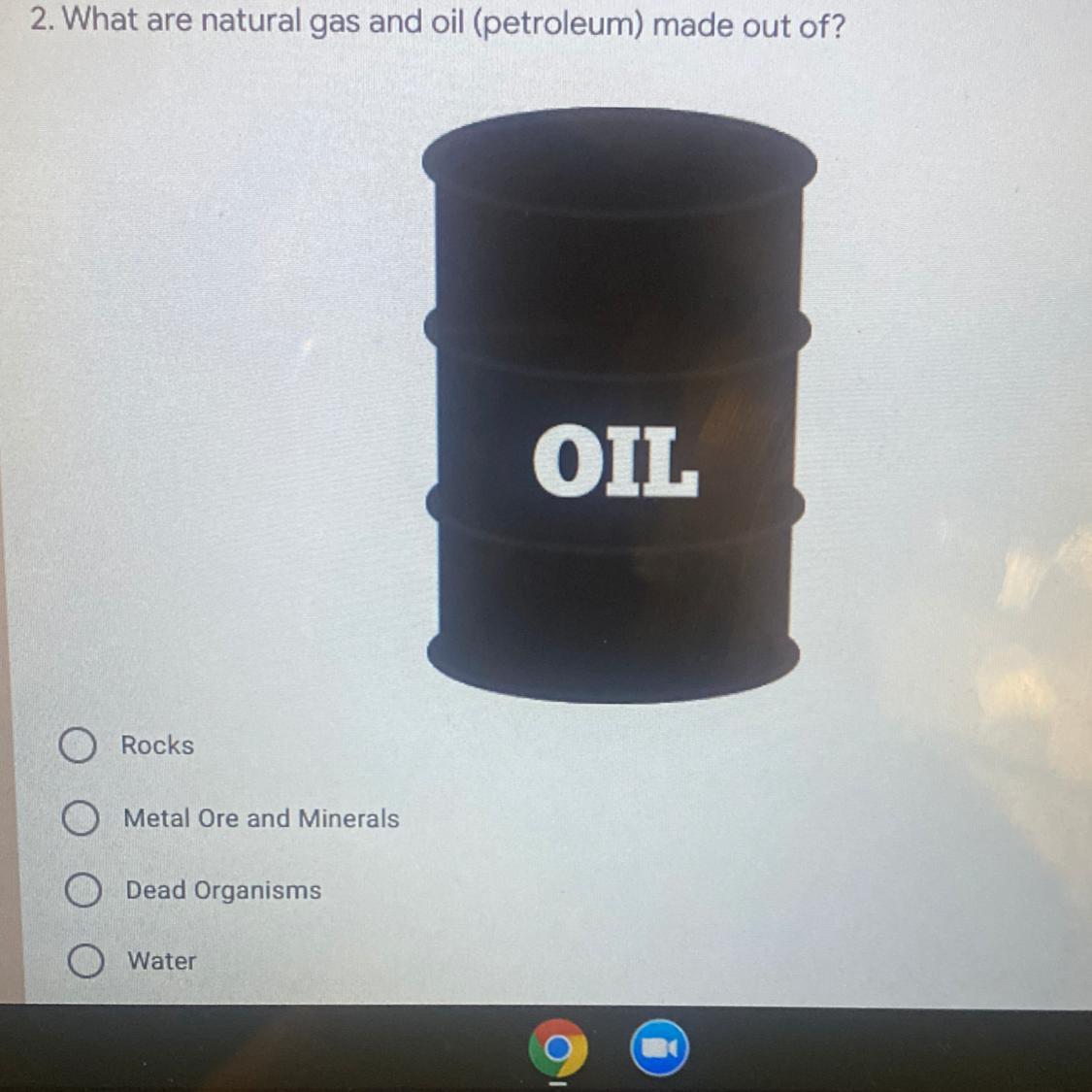Answers
Answer:
Rocks
Explanation:
I am not sure tho bc they are made out of coal and I think coal is a kind of rock
Answer:
I'm taking a guess for ya I shall say Metal or and Minerals
Explanation:
Good luck
Related Questions
A continuous and aligned fiber-reinforced composite is to be produced consisting of 30 vol% aramid fibers and 70 vol% of a polycarbonate matrix; mechanical characteristics of these two materials are as follows:
Modulus of Elasticity [GPa] Tensile Strength [MPa] Aramid fiber 131 3600 Polycarbonate 2.4 65
Also, the stress on the polycarbonate matrix when the aramid fibers fail is 45 MPa. For this composite, compute the following:
(a) the longitudinal tensile strength, and
(b) the longitudinal modulus of elasticity
Answers
Answer:
1. 1111.5MPa
2. 56.1GPa
Explanation:
1. Longitudinal tensile stress can be obtained by obtaining the strength and volume of the fiber reinforcement. The derived formula is given by;
σcl = σm (1 - Vf) + σfVf
Substituting the figures, we will have;
45(1 - 0.30) + 3600(0.30)
45(0.70) + 1080
31.5 + 1080
= 1111.5MPa
2. Longitudinal modulus of elasticity or Young's modulus is the ability of an object to resist deformation. The derived formula is given by;
Ecl = EmVm + EfVf
Substituting the formula gives;
= 2.4 (1 - 0.30) + 131 (0.30)
= 2.4(0.70) + 39.3
= 16.8 + 39.3
= 56.1GPa
Using the appropriate relation, the longitudinal tensile stress and the longitudinal modulus are 1111.50 and 56.10 respectively.
Longitudinal tensile stress can be obtained using the relation :
σcl = σm (1 - Vf) + σfVfSubstituting the values into the relation:
45(1 - 0.30) + 3600(0.30)
45 × 0.70 + 1080
31.5 + 1080
= 1111.50 MPa
2.)
Longitudinal modulus of elasticity is obtained using the relation :
Ecl = EmVm + EfVfSubstituting the values thus :
2.4 (1 - 0.30) + 131 (0.30)
= 2.4 × 0.70 + 39.3
= 16.8 + 39.3
= 56.10 GPa
Hence, the longitudinal tensile stress and the longitudinal modulus are 1111.50 and 56.10 respectively.
Learn more : https://brainly.com/question/22664384
Most methods of transportation rely on some sort of infrastructure to drive, steer, navigate, or direct at some point or another in a journey. Which category of transportation system is least reliant on infrastructure?(1 point)
Answers
Answer:
Most methods of transportation rely on some sort of infrastructure to drive, steer, navigate, or direct at some point or another in a journey. Which category of transportation system is least reliant on infrastructure?(1 point). road
Explanation:
if you are running and you fall and everyone↓↓↓↓↓↓↓ passes you how can you still be in first place??
ik the answer but lets see if you know it twooo
Answers
What causes the charging system warning lamp to go out when the engine starts up?
Select one:
a. It turns off when ground is supplied to the lamp.
b. It turns off because voltage is applied to both sides of the lamp.
c. It turns off automatically after about 5 seconds.
d. It turns off because voltage is applied to one side of the bulb and ground to the other side.
Answers
An interior beam supports the floor of a classroom in a school building. The beam spans 26 ft. and the tributary width is 16 ft. Dead load is 20 psf. Find:
a. Basic floor live load Lo in psf
b. Reduced floor live load L in psf
c. Uniformly distributed total load to the beam in lb/ft.
d. Compare the loading in part c with the alternate concentrated load requried by the Code. Which loading is more critical for bending, shear, and deflection.?
Answers
Answer:
a. [tex]L_o[/tex] = 40 psf
b. L ≈ 30.80 psf
c. The uniformly distributed total load for the beam = 812.8 ft./lb
d. The alternate concentrated load is more critical to bending , shear and deflection
Explanation:
The given parameters of the beam the beam are;
The span of the beam = 26 ft.
The width of the tributary, b = 16 ft.
The dead load, D = 20 psf.
a. The basic floor live load is given as follows;
The uniform floor live load, = 40 psf
The floor area, A = The span × The width = 26 ft. × 16 ft. = 416 ft.²
Therefore, the uniform live load, [tex]L_o[/tex] = 40 psf
b. The reduced floor live load, L in psf. is given as follows;
[tex]L = L_o \times \left ( 0.25 + \dfrac{15}{\sqrt{k_{LL} \cdot A_T} } \right)[/tex]
For the school, [tex]K_{LL}[/tex] = 2
Therefore, we have;
[tex]L = 40 \times \left ( 0.25 + \dfrac{15}{\sqrt{2 \times 416} } \right) = 30.80126 \ psf[/tex]
The reduced floor live load, L ≈ 30.80 psf
c. The uniformly distributed total load for the beam, [tex]W_d[/tex] = b × [tex]W_{D + L}[/tex] =
∴ [tex]W_d[/tex] = = 16 × (20 + 30.80) ≈ 812.8 ft./lb
The uniformly distributed total load for the beam, [tex]W_d[/tex] = 812.8 ft./lb
d. For the uniformly distributed load, we have;
[tex]V_{max}[/tex] = 812.8 × 26/2 = 10566.4 lbs
[tex]M_{max}[/tex] = 812.8 × 26²/8 = 68,681.6 ft-lbs
[tex]v_{max}[/tex] = 5×812.8×26⁴/348/EI = 4,836,329.333/EI
For the alternate concentrated load, we have;
[tex]P_L[/tex] = 1000 lb
[tex]W_{D}[/tex] = 20 × 16 = 320 lb/ft.
[tex]V_{max}[/tex] = 1,000 + 320 × 26/2 = 5,160 lbs
[tex]M_{max}[/tex] = 1,000 × 26/4 + 320 × 26²/8 = 33,540 ft-lbs
[tex]v_{max}[/tex] = 1,000 × 26³/(48·EI) + 5×320×26⁴/348/EI = 2,467,205.74713/EI
Therefore, the loading more critical to bending , shear and deflection, is the alternate concentrated load
